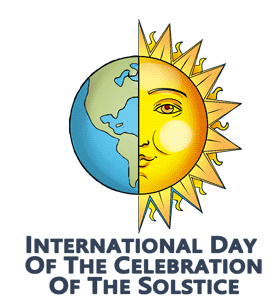

International Day of the Celebration of the Solstice
Quick Facts - NZ
| HashtagsCompiled on | #SummerSolstice, #SummerSolstice2024 |
|---|---|
| Related Hashtags | #Solstice, #Summer, #Celebration, #NIPD2024, #Litha |
| 2024 Date | 21 June 2024 |
| 2025 Date | 21 June 2025 |
2024 Holidays & Dates
| New Zealand & Common Holidays | ||
| Misc. & Int'l. Observances | ||
| Christian Holidays |
|
|
|
|
